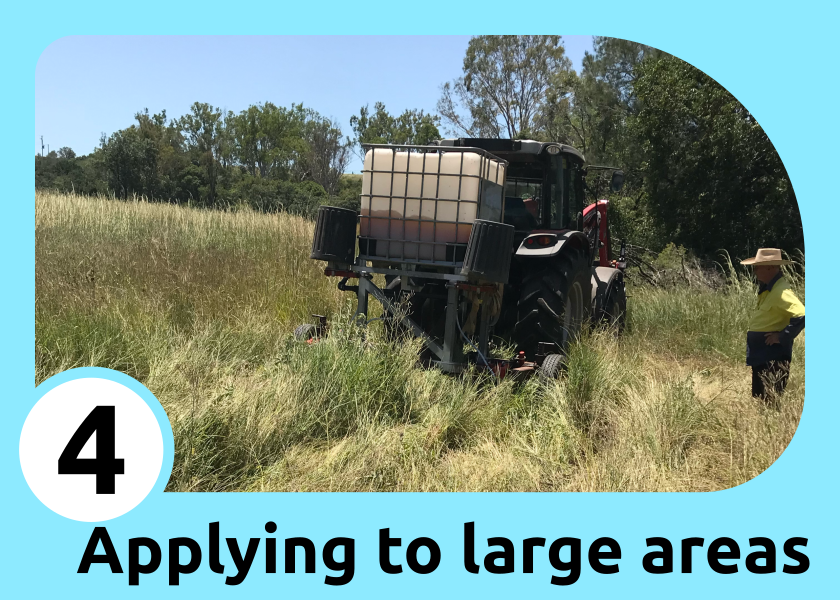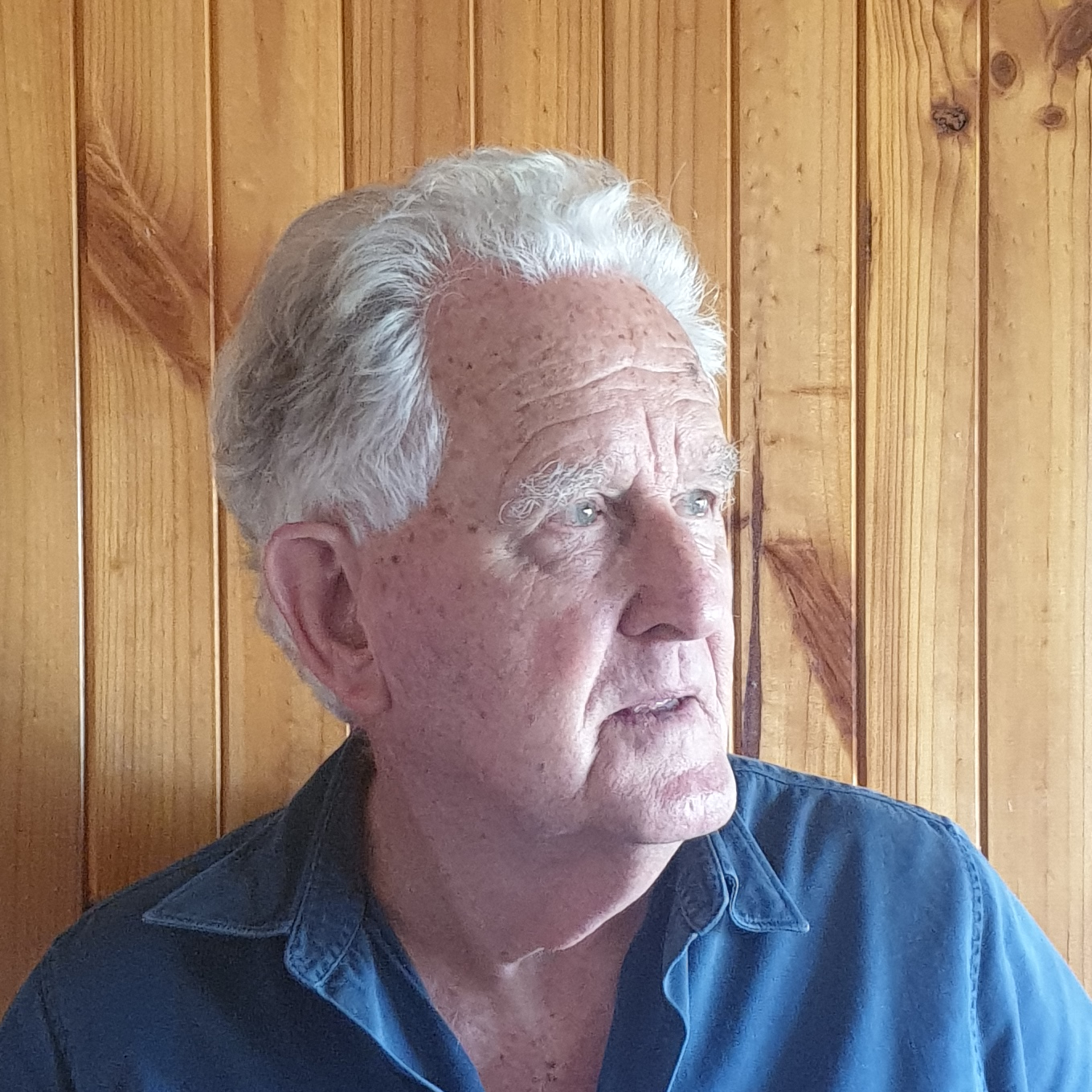The application rate to aim for when applying the BioBooster to large areas is about 100 L per ha. To make that practical, it is diluted into another 1,000-litre pod so that it can be distributed evenly by low pressure overhead irrigation or with existing spraying equipment. Ensure the pod is free of chemicals.
Extra Nutrition for the Soil Biology
The soil biology is an incredibly complex ecosystem with 50,000+ species. We work on the assumption that many of these have a need for specific trace elements in minute quantities. Sea Minerals contain the largest diversity of minerals and, from what we have seen, stimulates the soil biology and their interactions with plants.
Give the soil biology a head start by adding to each 1,000-L distribution pod some biology food, such as:
- 5 L / ha Sea Minerals and/or
- 3 – 10 L/ ha fish emulsion, or
- 3 – 10 L/ha seaweed liquid,
- Trace elements as required – if missing, trace elements slow photosynthesis & plant growth
Application by Low Pressure Irrigation

The biology will be killed when the pressure is more than 60psi, so high pressure winch irrigators are not suitable.
In trickle irrigation, filtration may affect the biology. Low pressure irrigation is suitable and standard fertigation equipment can be used.
Application is best avoided in the middle of the day, as soil biology may be killed by sunlight when exposed for over 15 minutes.
Application by Tractor and Spraying Equipment
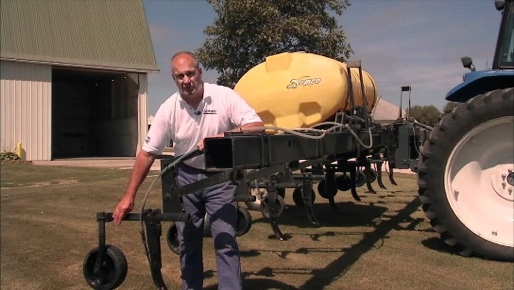
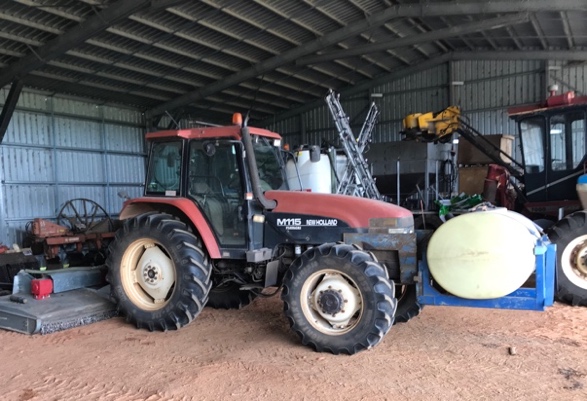


The biology will grow and spread fast, so narrow spacing of application rows is not required. With adequate moisture, applications 2 metre apart have joined with each other and got into control areas next to them in 100 days. Calibration of the pump and injectors is the same as for liquid fertiliser.
Applying the BioBooster can be combined with planting new species. In the Bracewell case study, planting new pasture species was combined with applying the BioBooster and showed some good results.
Transferring to Application Tank

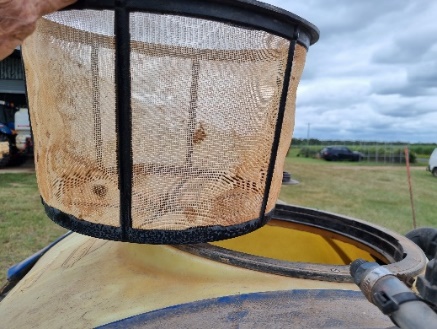

Once the BioBooster has been checked by microscope and/or smells good, allow it to settle for 5 – 10 minutes, then filter while transferring to a distribution tank. Ensure the tank is free of chemicals
Use a low-pressure water pump with less than 60psi as higher pressures damage or kill the biology, for instance use the PTO pump or a 12V bilge pump.
Prevent clogging up of nozzles by screening with a sieve with a midge proof fly screen or fine woven insect netting or a tank screen.
Follow-up Management
When the Soil Biology, Inoculant gives a good result – maintain the good soil biology by adjusting your management practices to maintain full and lasting benefits. Farming and grazing management practices must be adjusted to protect and look after the soil biology.
Farming
The use of chemicals, fertilisers, cultivation and monoculture are generally harmful to soil biology. A reduction of these is needed to, and made possible by, re-vitalising soil biology.
Numerous major, trace, and micro nutrients are required to allow all biological and plant activities and processes to run at maximum rate. The absence of a tiny quantity of one necessary trace element may restrict soil biology and their interaction with plants. This restricts photosynthesis and therefore reduces the root exudates for the soil biology and can limit the plant’s health and yield. Liquid Sea Minerals and Seasol provide a wide range of micro and nano minerals.
Management to increase soil biological activity has shown to improve soil structure, plant health and a reduction of insects and plant diseases, higher yields and indicated higher profitability as shown in our studies on improving Soybean yield by 9% with BioBooster and humic acid and Sea minerals to bigger avocados – A Case Study
Grazing
Long grazing times and continuous grazing lead to smaller sized plants for a longer time and the loss of favourites (plants the cattle eat first) e.g. legumes disappear. Close to a monoculture is developed and leads to reduce diversity in the soil biology.
Concentrated grazing with short grazing and long recovery allows favourites to regrow and gives long periods with larger plants capturing more light, pushing more root exudates to the soil biology and thus to further building soils and future pasture. You can see an example of this in one of our case studies, where Brent Lashford tripled his farm’s carrying capacity in 20 years, with soils still improving.

